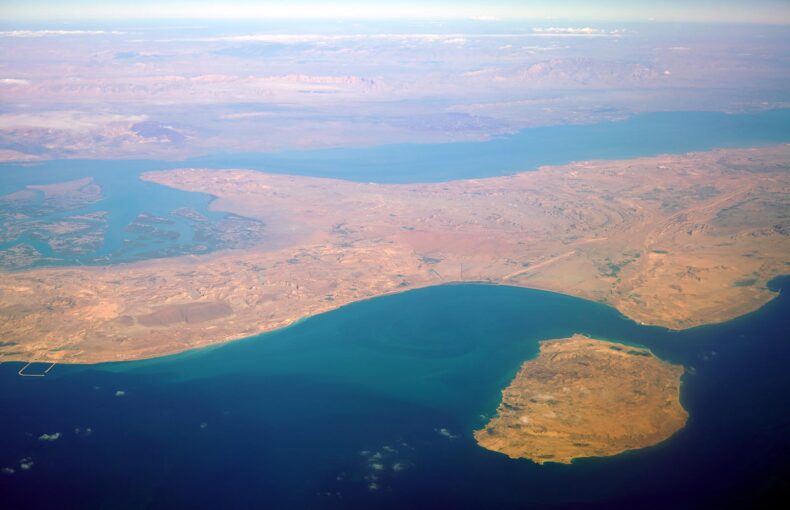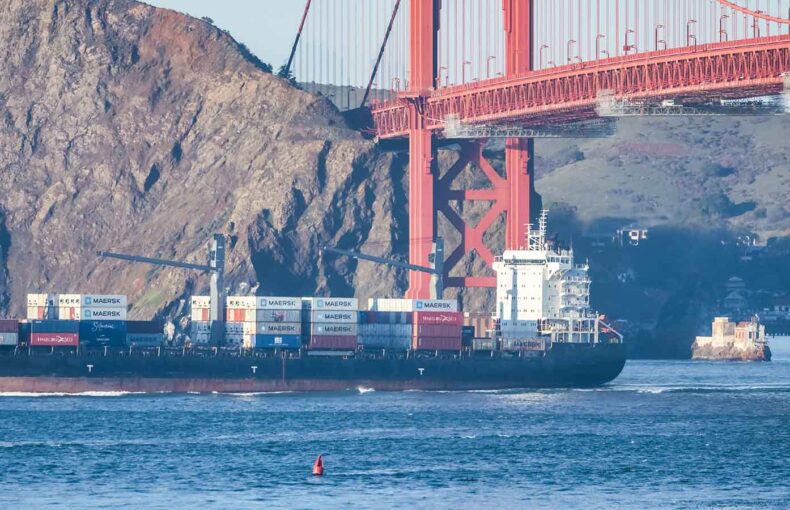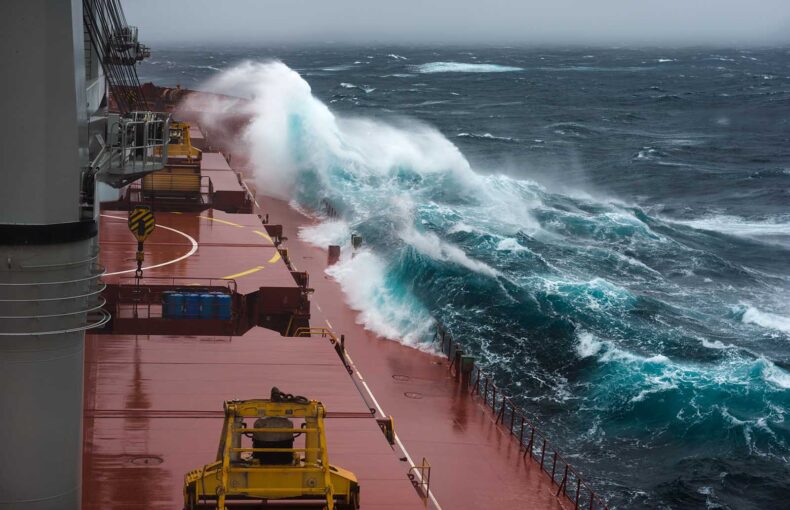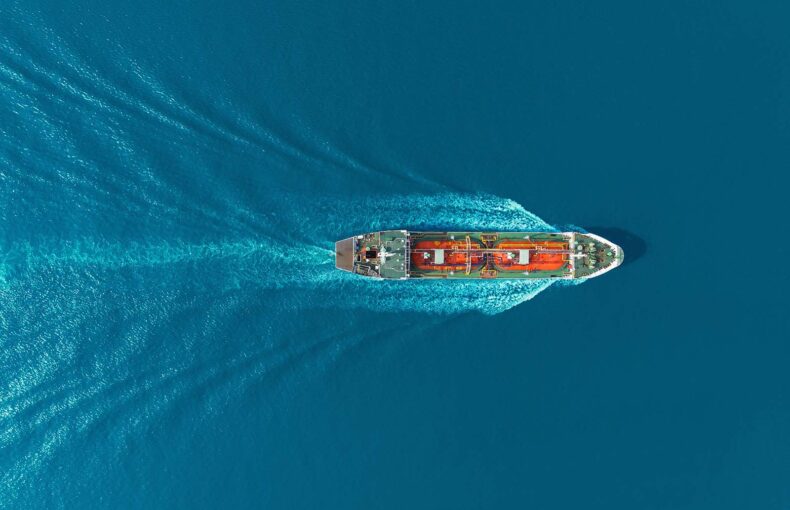World Environment Day: Using AIS to roll back the clock on environmental damage
Every year since 1974, June 5th has been recognized as World Environment Day. This year’s theme is the stark reality that there is “Only One Earth” and marks the 50th anniversary of the 1972 United Nations Conference on the Human Environment, which was held in Stockholm.
It was there, in what is considered the first international meeting on the environment, that the creation of the UN Environment Programme (UNEP) was laid out and June 5th was designated as World Environment Day moving forward. Today, the worldwide event is one of the most focused and interconnected global events dedicated to environmental protection and inspiring positive change.
This year Sweden is once again the focus, acting as the official host and holding the event in Stockholm, including 50+ festivities to mark the anniversary of the original Stockholm Conference. Like Earth Day, which has taken place annually each April 22nd since 1970, World Environment Day is a time to reflect on the need to harness human ingenuity and, to put it bluntly, clean up the mess we’ve made.
As is pointed out on the World Environment Day website, “we are using the equivalent of 1.6 Earths to maintain our current way of life, and ecosystems cannot keep up with our demands [and] individuals and civil society must play a key role in raising awareness and urging governments and the private sector to make large-scale changes.”
To mark the event, let’s touch on the first wave of environmentalism that arose in the 1960s and 70s and the current ways Spire AIS is being used to help better protect and maintain the environment, especially its oceans and coastal ecosystems.
The costs of progress
World Environment Day was established in the early 1970s after the costs of the 1950s and 60s consumer “success” became impossible to ignore.
There were events both well-known and hidden telling the tale. Europe saw the world’s first major supertanker accident in 1967 when the Torrey Canyon leaked 120,000 tons of crude oil and wiped out marine life on both shores of the English Channel. In the United States, Cleveland’s Cuyahoga River caught fire and a major oil spill occurred off the coast of Santa Barbara, California in 1969.
And in 1968, far from the public eye, a meteorologist at the Stanford Research Institute (SRI) named Elmer Robinson informed the American Petroleum Institute in a written report that rising carbon dioxide concentrations in the atmosphere “may be the cause of serious world-wide environmental changes.”
These events occurred just a few years after Rachel Carson had captured the rising anxiety and reality of the slow-rolling global environmental disaster in her 1962 book Silent Spring.
“Its subject was the human poisoning of the biosphere through the wholesale deployment of a myriad new 20th-century chemicals aimed at pest and disease control. Carson was already the most respected nature writer in the United States, and a pioneer in that field. She knew how to explain science to ordinary readers in a way that they could understand; she knew also that if you don’t love a thing you won’t save it, and her love for the natural world shines through everything she wrote,” mused Margaret Atwood in The Guardian, marking the book’s 50th anniversary. “She was able to combine a simple and dramatic presentation with a formidable array of backup statistics, and to forge a call to specific action. The impact was enormous—many groups, pieces of legislation, and government agencies were inspired by it—and both its main insights remain central today.”
As a former marine biologist, Carson was able to use her deep reservoir of scientific knowledge to raise the alarm about how the interlocking pieces of the Earth’s varied ecosystems were being broken by industrial applications that humans did not fully understand. But she was no Luddite; rather, she used the same tools that unleashed ecological catastrophe to begin leading the way out of the mess that had been made.
As Carson put it in Silent Spring, “The balance of nature is not a status quo; it is fluid, ever shifting, in a constant state of adjustment. Man, too, is part of this balance.”
Using data to discover and rectify
But by the standards of the 1960s, today’s mess is even more profound and interconnected. Carson focused on the repercussions of the unregulated use of chemical pesticides, especially DDT, which moved up the food chain until the eggshells of predatory birds such as eagles and falcons were thinned to non-viability, leading to a drastic fall in their populations.
It was a careful, scientific examination of cascading failures unleashed by human actions. On a smaller scale, it is exactly what we are now dealing with as the greenhouse gases transferred to the atmosphere during the industrial age begin to significantly alter the Earth’s atmosphere.
The silver lining?
The work of one dedicated former marine biologist, using data and persuasion, did have an effect. Not only did Silent Spring help inspire the modern environmental movement, but the use of DDT in the United States was banned in 1972 and, as outlined in Scientific American, from a mid-1960s continental low of “fewer than 500 nesting pairs of bald eagles … today [2012], thanks to the DDT ban and other conservation efforts, some 10,000 pairs of bald eagles inhabit the Lower 48—that’s a 20-fold population increase in just four decades!”
Carson’s work was inspirational, but it was grounded in careful observation and data collection, which eventually led to successful environmental action.
Fighting back
The impact of climate change and industrial pollution on the world’s maritime regions is profound and still evolving. Habitat loss and resulting species’ extinctions are impossible to ignore and there is broad awareness now present, though whether a critical mass for viable action is extant is yet to be known.
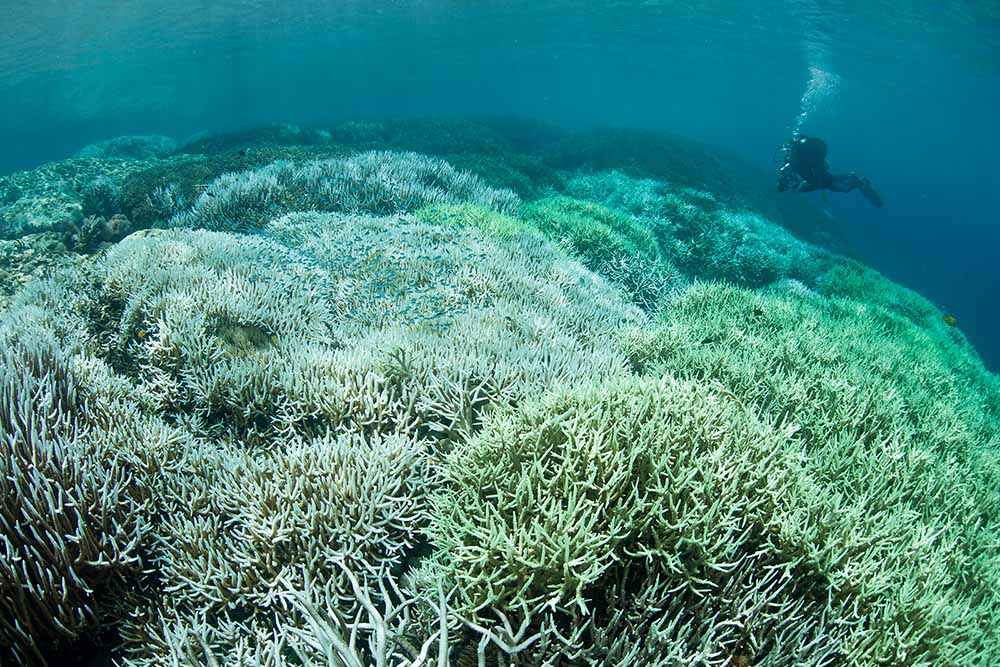
As Atwood put it ten years ago, “On the positive front, awareness has grown. Although the percentage of giving to nature-related organisations is still pitifully small, there are now many organisations devoted to answering our biggest question: how can we live on our planet? Large groups such as Greenpeace, World Wildlife, and BirdLife International rest on a pyramid of other organisations, from the national to the local. Thanks to their members we know much more about the details of life on Earth than we did in Carson’s time.”
Efforts like World Environment Day are part of that tapestry. A host of smaller organizations, using data and initiative, are finding ways large and small to make the planet healthier and more resilient. Spire AIS is proud to be part of such efforts.
Slowing down climate change
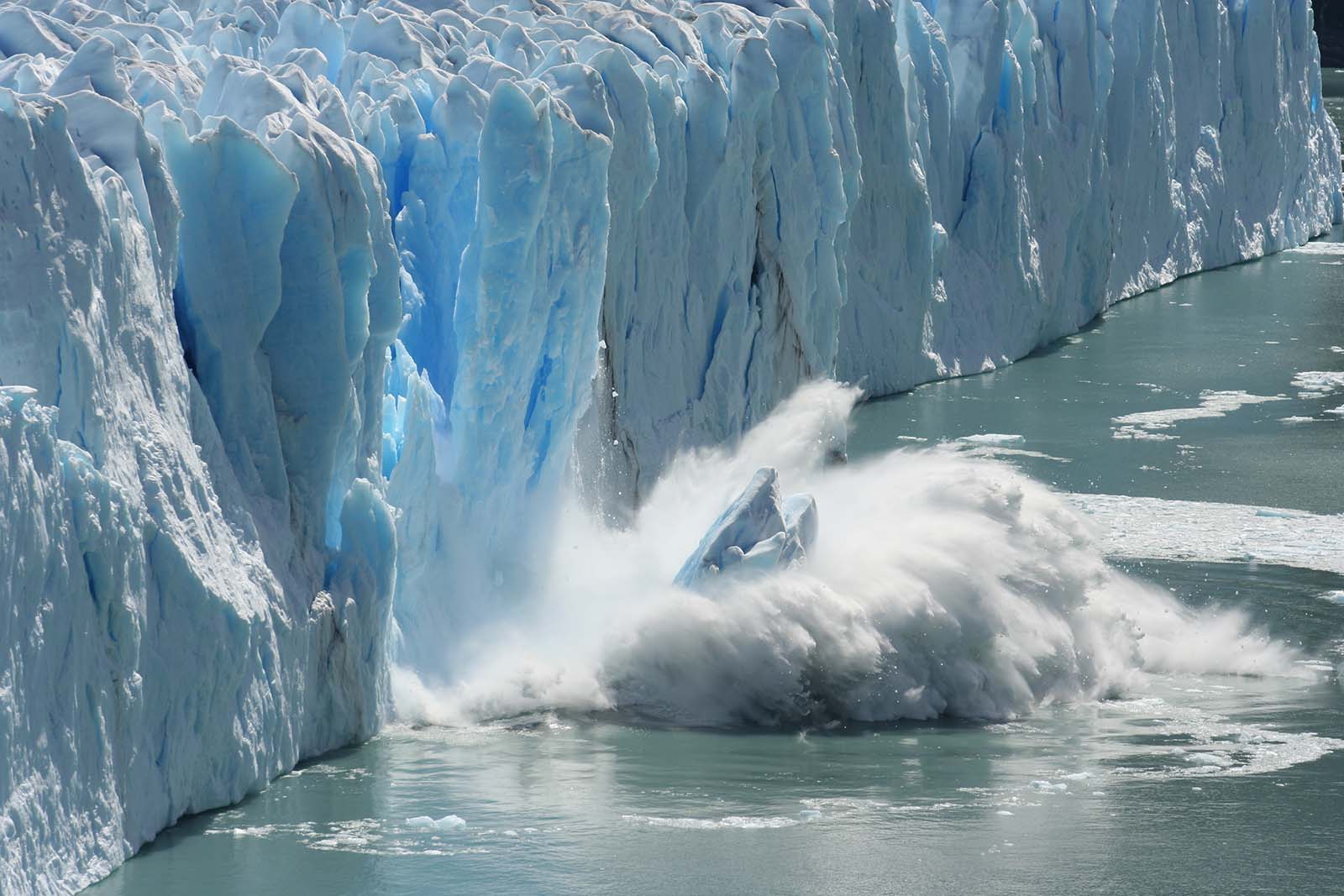
The very well-known elephant in the room is climate change. The shipping industry as a whole is now hard at work preparing for its repercussions. This includes finding ways to minimize the release of greenhouse gases by vessels not only with cleaner-running engines but by utilizing more efficient shipping routes, including Arctic waters that, ironically, are becoming available due to melting sea ice. Hardening port operations in the face of increased weather volatility is also now a priority due to sea-level rise. Real-time and historical AIS data are both crucial to building more efficient and hardy maritime infrastructures.
Safeguarding our protected areas
Another way real-time AIS data is being put to use is by protecting sensitive areas, not only to preserve species’ habitats but also to serve as carbon sinks where greenhouse gases are already captured or can continue to be transformed into oxygen via photosynthesis. Whether that’s monitoring moisture levels in Scotland’s peatlands as part of ongoing restoration efforts, tracking vessel activity in marine protected areas, or helping to bring high-tech tools to the smaller vessels used in the world’s non-industrial fisheries, Spire’s network of satellites is helping a myriad of local efforts protect and preserve important areas.
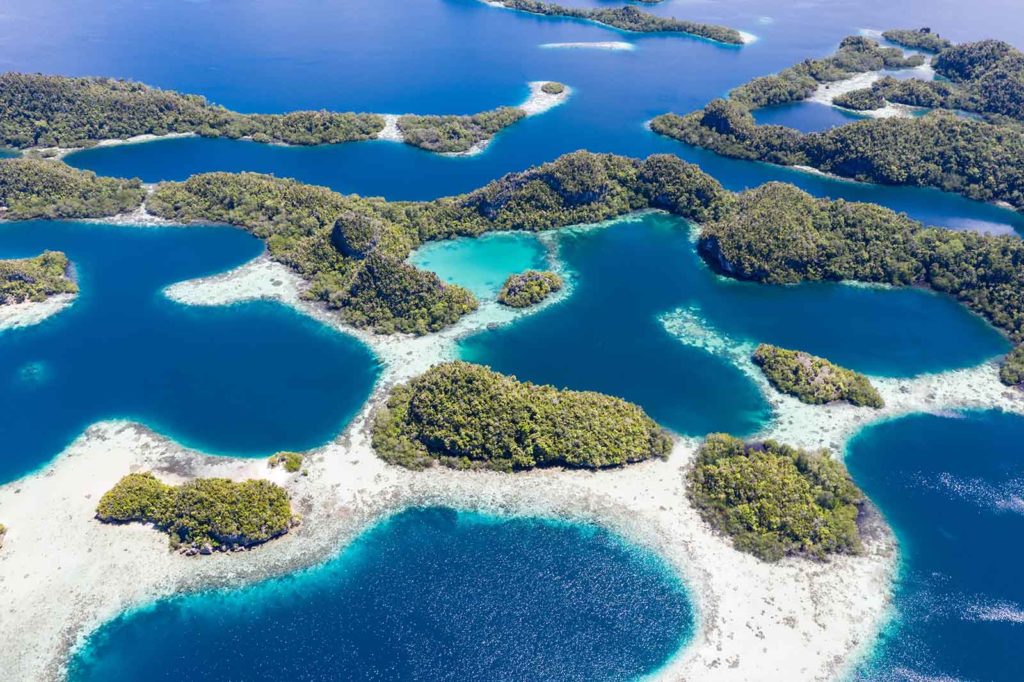
Increased efficiency for increased sustainability
Ultimately, just as meticulous observation led to pesticides being used more carefully—though some of those lessons may have been forgotten with regard to today’s pollinators—improving the efficiency and sustainability of the shipping industry by using Big Data analysis is a powerful tool. At the macro level, this falls under the rubric of mitigating marine shipping risk by creating robust datasets and the subsequent predictive models that can drive better decision-making. Such efforts are being led by Spire partners like Nautilus Labs, which focuses on helping shippers reduce emissions with machine learning and naval architectural models that produce ship-specific best practices, and Sinay, an analytics provider that produces detailed information about air and water quality, noise pollution, and better route-planning for increased fuel efficiency.
Big data for a big task
The mission ahead is daunting, but with innovation, awareness, and drive, a better and healthier future is still possible. The rising accumulation of greenhouse gases is not being curtailed quickly enough, meaning significant repercussions are getting “baked into” the future, especially for coastal areas. The shipping industry bears some responsibility for this and will face serious challenges in adapting to changing circumstances. As Carson wrote 60 years ago, “We urgently need an end to these false assurances, to the sugar coating of unpalatable facts.”
Deep data collection and analytics are clearly a bright spot on the horizon. By zeroing in on where problems persist or might soon develop, countermeasures can be planned and action taken. Continuing to make things worse can be avoided with better planning and a more complex understanding of the repercussions of human activity.
One of Carson’s main points in Silent Spring was, “Nature has introduced great variety into the landscape, but man has displayed a passion for simplifying it. Thus he undoes the built-in checks and balances by which nature holds the species within bounds.”
Perhaps our recent development of a profound ability to collect data and use machine learning to analyze it will give us a better chance to fully understand, in real-time, the checks and balances our behavior can so easily overturn. There is no choice, as there is only one Earth.
World Environment Day is a platform for urgent action. It is an opportunity to stay informed and be part of the ongoing efforts that can make a true difference.
Want to learn more and get involved with World Environment Day 2022?

 Written by
Written by